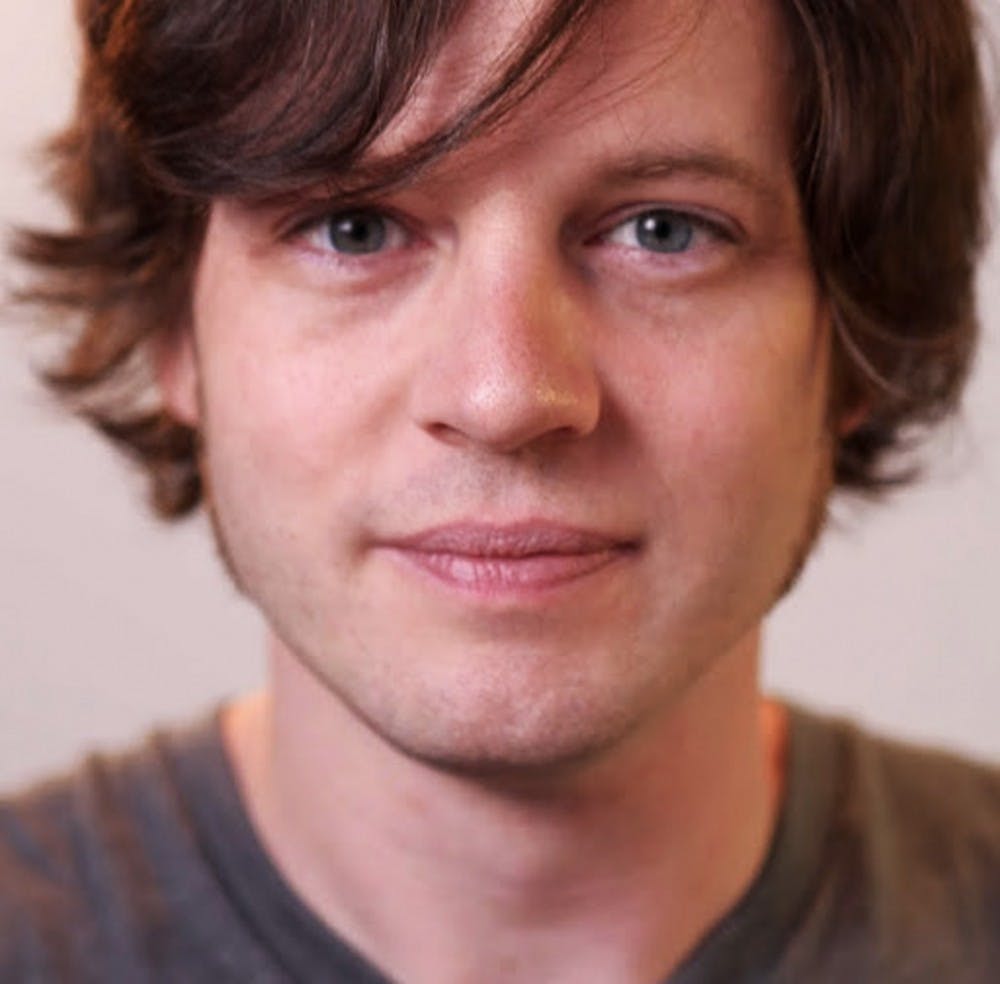Recess: IMDB describes you as a 6’2” Pisces from Lansing, Michigan. Tell us a little more about yourself.
Rob Underhill: When I was just old enough to write, my first claim to fame was a choose-your-own-adventure book. I did my first play over at Wake Tech some years back; the last theater show I did was in 2004. Since then I’ve been focusing on filmmaking.
R: Tell us a bit about Dar He.
RU: I think foremost we’ve always intended it to be an engaging film. It’s got 36 characters entirely played by one person. At first it might seem gimmicky, but it has a lot of substance. Emmett Till’s death was unavenged in the Mississippi courtroom where 12 white jurors declared not guilty after maybe an hour of deliberation. When you’re in the courtroom and you have the 12 Mikes rising in the jury box, he’s one person and one color and that reminds us that all those men had one mindset. It’s a true story, of course, created from the public record. There are times when we needed to have some creative license, but we tried to stay true to the characters as far as we knew them. Mike spent a lot of time researching them for his one-man show before we did the movie. Mike is the storyteller in the film; he becomes the captivating face by the campfire who weaves stories and enraptures the audience. In directing Dar He, that was my strategy, to leverage Mike’s ability to connect with people.
R: How did you first get connected with Mike?
RU: The first thing we did was a short film called Empty Space. It’s just a barren room with a mattress on a floor, and Mike wakes up there wearing basically rags. We get to wonder, “Is this guy homeless? Is he crazy?” He starts talking to himself, but by the end, you realize you are learning about Emmett Till and this guy was actually a one-man actor who’s rehearsing his production. When that got really well received in the festivals, we filmed Wolf Call, another short film, that focused on the William Bradford Huie interviews with Emmett Till’s killers, J.W. Milam and Roy Bryant, Jr. When that was successful, we thought we could pull off the feature film.
R: What are the major differences between the film and stage versions of Dar He?
RU: A lot of the difference is that we have total control over what the viewer will ultimately see in the end, but there’s the loss that I’m very familiar with in the theater setting with the chemistry with the audience. It’s interesting when audiences respond to different parts of the film that other audiences didn’t. If you are doing a live performance you can really find a way to snare them and get them into it; in the film you don’t have those advantages, you have to anticipate how they’re going to react.
R: Some of the scenes show as many as 12 versions of Mike in one frame. What technical difficulties arose shooting multi-character scenes with one actor?
RU: We have to be careful that it’s as accurately done as possible at the time we’re filming. It’s very difficult for us to do re-shoots, and we never had to, thankfully. We didn’t use much green screen, so the editor is literally cutting the frame up and inserting these Mikes in the environment.
R: What was your reaction when the film starting getting selected for festivals and winning awards?
RU: It’s definitely been really gratifying. It always is when work is well received, especially considering how much we’ve put into this. We even got a cool congratulatory letter from Governor Bev Purdue. But the main reason we are excited is that the story is getting out. It validates the artistry that we put into it, the time spent crafting elements with care so folks can watch it and get lost in the story and be deeply affected by it.
Get The Chronicle straight to your inbox
Signup for our weekly newsletter. Cancel at any time.

